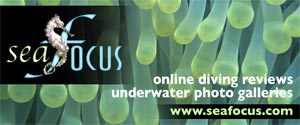- Home
- Directory
- Shop
- Underwater Cameras - Photographic Accessories
- Smartphone Housings
- Sea Scooters
- Hookah Dive Systems
- Underwater Metal Detectors
- Dive Gear
- Dive Accessories
- Diving DVD & Blu-Ray Discs
- Diving Books
- Underwater Drones
- Drones
- Subscriptions - Magazines
- Protective Cases
- Corrective Lenses
- Dive Wear
- Underwater Membership
- Assistive Technology - NDIS
- On Sale
- Underwater Gift Cards
- Underwater Art
- Power Stations
- Underwater Bargain Bin
- Brands
- 10bar
- AOI
- AquaTech
- AxisGo
- Backscatter Underwater Video and Photo
- BLU3
- Cayago
- Chasing
- Cinebags
- Digipower
- DJI
- Dyron
- Edge Smart Drive
- Eneloop
- Energizer
- Exotech Innovations
- Fantasea
- Fotocore
- Garmin
- Geneinno
- GoPro
- Hagul
- Hydro Sapiens
- Hydrotac
- Ikelite
- Indigo Industries
- Inon
- Insta360
- Intova
- Isotta Housings
- Jobe
- JOBY
- Kraken Sports
- LEFEET
- Mirage Dive
- Nautica Seascooters
- Nautilus Lifeline
- NautiSmart
- Nitecore
- Nokta Makro
- Oceanic
- Olympus
- OM System
- Orca Torch
- Paralenz
- PowerDive
- QYSEA
- Scubajet
- Scubalamp
- Sea & Sea
- SeaDoo Seascooter
- SeaLife
- Seavu
- Shark Shield
- Sherwood Scuba
- Spare Air
- StickTite
- Sublue
- Suunto
- SwellPro
- T-HOUSING
- Tusa
- U.N Photographics
- Venture Heat
- XTAR
- Yamaha Seascooter
- Youcan Robot
Diving Papua New Guinea - Tufi
Contributed by Chris Bartlett
Text and Images by Christopher Bartlett
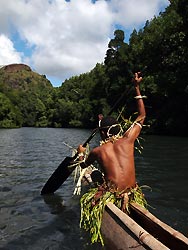 Is there another country anywhere
with so much diversity? The six
million inhabitants of this nation of mountains and islands are spread
over 463,000 km2 of mountainous tropical forests, and speak
over 800 different languages (12% of the world total). Papua New Guinea
occupies half of the third largest island in the world and 160 other
islands and 500 named cays.
Is there another country anywhere
with so much diversity? The six
million inhabitants of this nation of mountains and islands are spread
over 463,000 km2 of mountainous tropical forests, and speak
over 800 different languages (12% of the world total). Papua New Guinea
occupies half of the third largest island in the world and 160 other
islands and 500 named cays.
Located just south of the equator and to the north of Australia, PNG is a diver's paradise with the 4th largest surface area of coral reef ecosystem in the world (40,000 km2 of reefs, seagrass beds, and mangroves in 250,000 km2 of seas), and underwater diversity with 2500 species of fish, corals, and molluscs. There are more dive sites than you can shake a stick at, with many more to be discovered, and barely a diver on them. The dive centres are so far apart that there is only ever one boat at any dive site.
It is one of the few places left in the world where a diver can see macro critters, pelagics, and big stuff, as well as fantastic soft and hard corals. The often misused and abused adjective “pristine” is actually appropriate here, due to low fishing pressure in the area in comparison to other areas of the Coral Triangle, no dynamite fishing, and thanks to a system implemented by dive resorts whereby local reef "owners" receiving a small fee for every diver that visits "their" reef. As a result elders make sure that the reefs are not fished.
So, where to go? We set of on a four-resort tour to the north and the south taking in the provinces of Tufi, New Ireland and Milne Bay. Read below for the first of three parts on our journey. Part II covers New Ireland, and Part III Milne Bay and the Annual Goroka Cultural Festival.
Tufi
Sitting at the back of the De Havilland Twin Otter with my partner Imi and an American Mom, Dad, and teenage son combo in front, I peered through the misty clouds at the swath of trees below, occasionally cut by the hairline crack of a path or the meandering swirls of a river. The jagged peaks of the Owen-Stanley range that run down the spine of the island weren’t that far away as we headed east from Port Moresby to Tufi, Oro. The landscape was rugged to say the least, and it was easy to understand why both Australian and Japanese troops had struggled during the Second World War battles there.
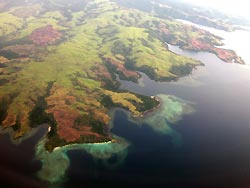 As we approached the east coast of Oro province
the spectacular
fjords of Cape Nelson came into view, a strange mix of glacial action
now topped by lush tropical forest, with aqua coral reefs surrounding
the headlands clearly visible in the cobalt blue of the Solomon Sea.
Banking steeply, we lined up with the gravel airstrip and touched down.
Two 4WD vehicles were waiting for us to take us on the one-minute drive
to the resort.
As we approached the east coast of Oro province
the spectacular
fjords of Cape Nelson came into view, a strange mix of glacial action
now topped by lush tropical forest, with aqua coral reefs surrounding
the headlands clearly visible in the cobalt blue of the Solomon Sea.
Banking steeply, we lined up with the gravel airstrip and touched down.
Two 4WD vehicles were waiting for us to take us on the one-minute drive
to the resort.
With a fruit juice in hand, we whizzed through the usual paperwork and were asked to leave our dive gear outside our rooms in 20 minutes and meet in reception from where we were taken down to the dive centre. Less than 90 minutes after landing the five of us, plus instructor Glen and DM Alex, were in a boat and heading off across the flat sea to Bev’s Reef, part of the mid-distance reef system, and one of the several Tufi reefs with a manta cleaning station. Using a well-drawn dive site map, Glen laid out the plan for a drift dive, and off we went.
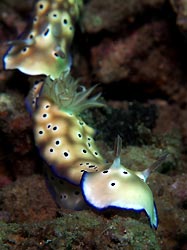 Imi hadn’t dived for four months and I had the new camera
so we were
planning on just chilling and getting comfortable again, and a wall
dive seemed ideal. Rolling in we both burst into grins. Not just from
the simple pleasure of being in the water again, but because of the
clear blue water filled with corals, reef fish, and colourful purple,
yellow, and white sea squirts. There were nudis and schools of
fusiliers and snappers, whitetip reef sharks and three of the nine
species of anemonefish found in PNG.
Imi hadn’t dived for four months and I had the new camera
so we were
planning on just chilling and getting comfortable again, and a wall
dive seemed ideal. Rolling in we both burst into grins. Not just from
the simple pleasure of being in the water again, but because of the
clear blue water filled with corals, reef fish, and colourful purple,
yellow, and white sea squirts. There were nudis and schools of
fusiliers and snappers, whitetip reef sharks and three of the nine
species of anemonefish found in PNG.
Wending our way slowly at the back of the group, coming over the top of a coral outcrop to have gander for big stuff that might be hanging out in the current I had to do a double take. Sitting there next to a crinoid was one of PNG’s underwater grails, a black Merlet’s (or Lacy) Scorpionfish, Rhinopias aphanes, that has the peculiar habit off shedding its skin every three months or so. Photographers search for these for days and days, and here I was pointing an unfamiliar camera at one after barely 30 minutes in the water. It turned out to be the first of two that saw, but it was the start of a long list of new sightings for me.
One of Tufi’s signature sites is Veale’s Reef, often dived on the same trip as Bev’s. Veale’s is often frequented by an albino hammerhead, but not on this occasion. Still, it was hard to grumble with of schools of baitfish, barracuda, Black and white Snapper, batfish, some Spanish Mackerel, as well as a swift-moving Green Turtle and a couple more whitetips around. We certainly had enough to talk about over a late but delicious lunch on the veranda.
Some reefs are just a short trip away, such as Blue Ribbon reef just round the runway headland that we dived during a tropical storm. The sea turned an atmospheric deep blue as we searched for, you guessed it, ribbon eels. Not all ribbon eels are blue, far from it in fact. They are all born black with a yellow dorsal stripe, adult females are yellow with a black anal fin with white margins on the fins and only adult males are blue with a yellow dorsal fin.
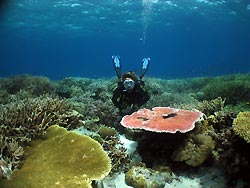 The outer reefs are a 30-minute
boat ride away and Cyclone Reef is
one of them. The story goes that it appeared from nowhere after a
severe storm in 1972, brought up from the depths by the elements. It’s
very top breaks the surface of the sea and is a haven for mating
seabirds. Over the edge it drops away into a wall dive, once again
buzzing with reef life, and out in the blue we spied two hammerheads
cruising past. Minor Reef is nearby and often dived in tandem with
Cyclone. The reef top sits a few metres below the surface and its plate
and staghorn corals bask in the sunlight illuminating the damselfish
that adorn them, making it a great spot for no-flash photography. It is
named after the large bright yellow and black Notodoris minor nudibranch that is
often found there.
The outer reefs are a 30-minute
boat ride away and Cyclone Reef is
one of them. The story goes that it appeared from nowhere after a
severe storm in 1972, brought up from the depths by the elements. It’s
very top breaks the surface of the sea and is a haven for mating
seabirds. Over the edge it drops away into a wall dive, once again
buzzing with reef life, and out in the blue we spied two hammerheads
cruising past. Minor Reef is nearby and often dived in tandem with
Cyclone. The reef top sits a few metres below the surface and its plate
and staghorn corals bask in the sunlight illuminating the damselfish
that adorn them, making it a great spot for no-flash photography. It is
named after the large bright yellow and black Notodoris minor nudibranch that is
often found there.
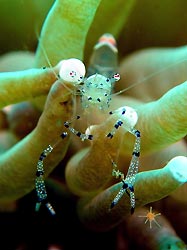 Back at the resort, looking at the maps on the
walnut-panelled walls
gives one a better sense of the remoteness and the size of the area.
Whole swathes of the Solomon Sea, starting where Cyclone and Minor
Reefs are, are marked as uncharted. There are basically reefs
everywhere out there. Jack Daniels and Nuggets are two recently
discovered ones, and Glen and his brother Archie were keen to get us
out to them. Armed with a small plastic bottle with a little water in
it, Archie began crunching and rolling it between his hands as soon as
we were down JD’s slope and onto the wall. Within a couple of minutes
he had attracted the attention of four Grey Reefsharks. They didn’t
seem very used to human interaction and kept their distance, as did a
couple of turtles, the sharks occasionally darting a bit closer to
recce these odd, large bubble-blowing creatures, and a couple of
whitetip reef sharks came by for a look too.
Back at the resort, looking at the maps on the
walnut-panelled walls
gives one a better sense of the remoteness and the size of the area.
Whole swathes of the Solomon Sea, starting where Cyclone and Minor
Reefs are, are marked as uncharted. There are basically reefs
everywhere out there. Jack Daniels and Nuggets are two recently
discovered ones, and Glen and his brother Archie were keen to get us
out to them. Armed with a small plastic bottle with a little water in
it, Archie began crunching and rolling it between his hands as soon as
we were down JD’s slope and onto the wall. Within a couple of minutes
he had attracted the attention of four Grey Reefsharks. They didn’t
seem very used to human interaction and kept their distance, as did a
couple of turtles, the sharks occasionally darting a bit closer to
recce these odd, large bubble-blowing creatures, and a couple of
whitetip reef sharks came by for a look too.
With our appetites for diving well and truly whetted, we went for an afternoon dive off the public wharf. It is talked up as a photographer’s delight and one of the best spots in the world for so-called muck-diving. Muck-diving gets its name from apparently uninteresting sites that can be either silty, sandy, muddy, or just rather barren-looking, but that are actually home to a large number of small, weird, and wonderful creatures.
Tufi’s wharf dive site is more of a junk dive than a muck dive, the
sloping wall of the fjord being littered with debris from the harbour’s
previous life as a torpedo patrol boat base during WW2, and the dumping
of old bits of machinery, the odd fuel drum, and some girders that were
no doubt formerly part of the jetty. There are also the remains of 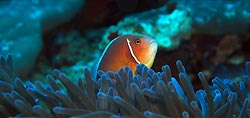 PT
boat and its torpedoes down at 45 metres, but there was more than
enough along the fjord slope and wall to keep us occupied with Ornate
and Robust Ghostpipefish, Frogfish, Ringed Pipefish, Common Seahorse,
loads of nudis, Crabeye Gobies, Anemonefish, Mantis Shrimp, Ceaner
Shrimp, Lionfish, and 50 metres past the remains of the torpedo boat
wharf, walls, little caves, and tons of sponges on the corner of the
harbour. If you fancy a fourth dive in a day, dusk dives are available,
and Alex and Archie the eagle-eyed guides are experts at finding
nocturnal action right by the wharf, including brightly-patterned
Mandarinfish.
PT
boat and its torpedoes down at 45 metres, but there was more than
enough along the fjord slope and wall to keep us occupied with Ornate
and Robust Ghostpipefish, Frogfish, Ringed Pipefish, Common Seahorse,
loads of nudis, Crabeye Gobies, Anemonefish, Mantis Shrimp, Ceaner
Shrimp, Lionfish, and 50 metres past the remains of the torpedo boat
wharf, walls, little caves, and tons of sponges on the corner of the
harbour. If you fancy a fourth dive in a day, dusk dives are available,
and Alex and Archie the eagle-eyed guides are experts at finding
nocturnal action right by the wharf, including brightly-patterned
Mandarinfish.
If three or four dives a day is a bit too much, there is plenty to do to fill your time actively. On the Sunday we were paddled up McLaren Sound in an outrigger and advanced into the forest until it became too shallow to make further progress. After a short walk we were given an insight into village life, traditions, the uses of various plants and trees, and demonstrations of tattooing and sago-making before being paddled back to the dive boat that whisked us to a white sand beach on the headland opposite the resort for a barbecue lunch and afternoon swim.
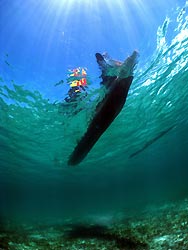 In the afternoon you can also walk
through the village or amble down
to the dock, and watch the locals from the surrounding area come in on
their outriggers for a trip to the store by the wharf or to trade in
the village. There is a steady trickle of comings and goings if people
watching is your thing, but the main event is the Saturday evening
wharf market that springs up when the weekly ferry comes in from
Popandetta. That said, I would have gladly dived the sites we did over
and over again; every dive was “Wow dive”.
In the afternoon you can also walk
through the village or amble down
to the dock, and watch the locals from the surrounding area come in on
their outriggers for a trip to the store by the wharf or to trade in
the village. There is a steady trickle of comings and goings if people
watching is your thing, but the main event is the Saturday evening
wharf market that springs up when the weekly ferry comes in from
Popandetta. That said, I would have gladly dived the sites we did over
and over again; every dive was “Wow dive”.
On our final afternoon we took a two-seater canoe and paddled up the fjord, hearing the sounds of the forest as we went. We canoed the deep blue in the centre of the fjord, apparently bottoming out around 200 metres below, and would pop over to the shallow reef tops for a dip and a snorkel. At many of the small beaches we’d see an outrigger parked up and hear voices in the distance, mainly children whooping with laughter, frolicking unseen in the trees. It is certainly a place that should inspire happiness.
Shopfront
-
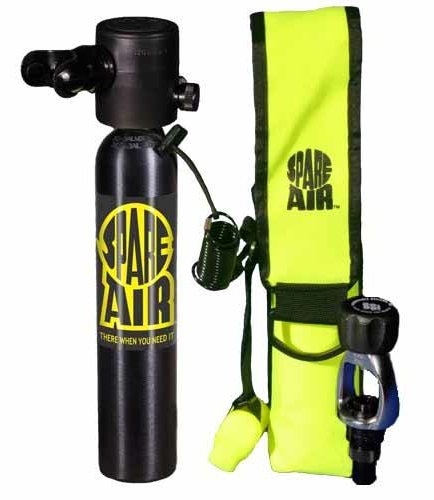 Submersible Systems Spare Air Pack - Model 300 - 3cuf
Submersible Systems Spare Air Pack - Model 300 - 3cuf
- Price A$ 549.00
-
 Scubalamp V6k V3 Movie Grade Photo/Video Light - 12,000 lumens
Scubalamp V6k V3 Movie Grade Photo/Video Light - 12,000 lumens
- Price A$ 899.00
-
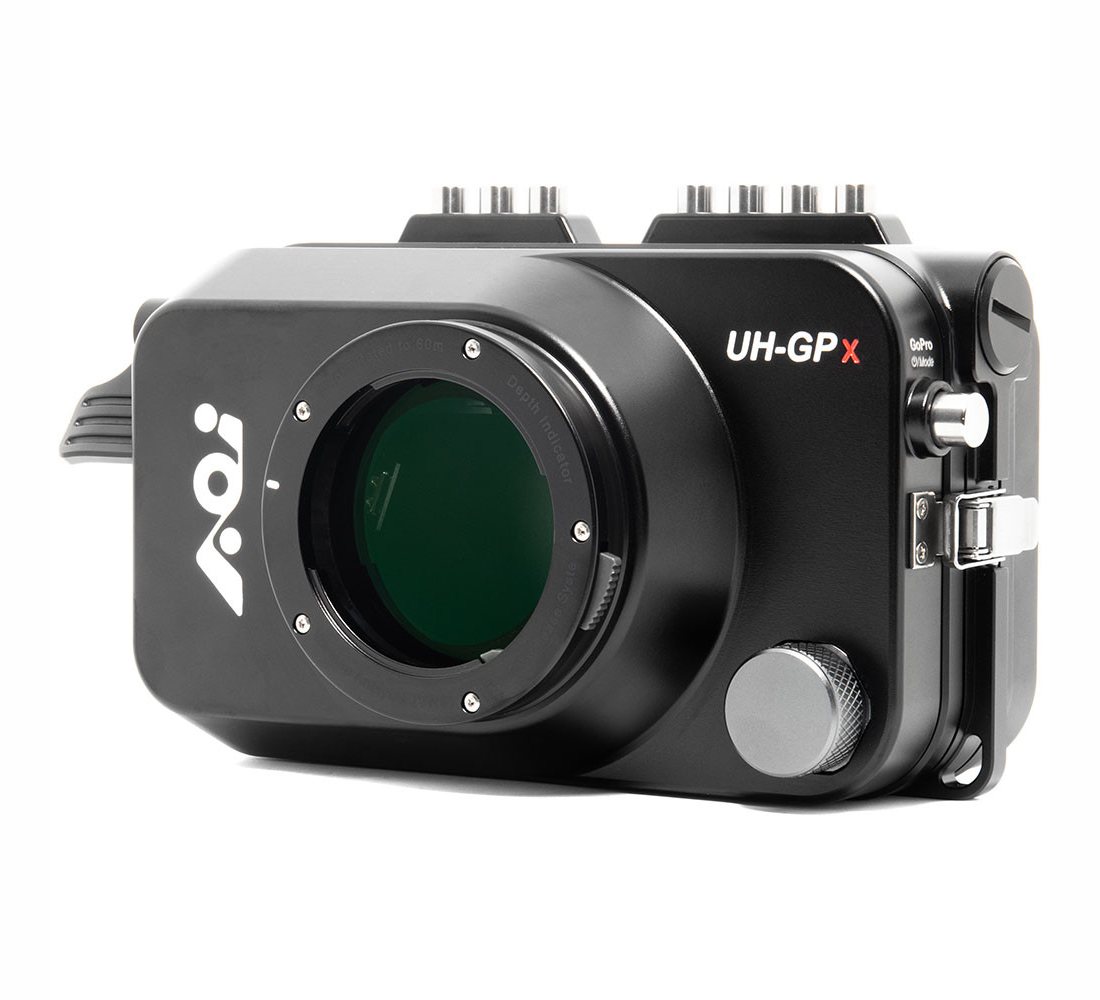 AOI GoPro HERO 9, 10, 11, 12, 13 Underwater Housing & Monitor UH-GPX
AOI GoPro HERO 9, 10, 11, 12, 13 Underwater Housing & Monitor UH-GPX
- Price A$ 2,549.00
-
 GoPro HERO13 Black Action Video Camera
GoPro HERO13 Black Action Video Camera
- Price A$ 649.00
-
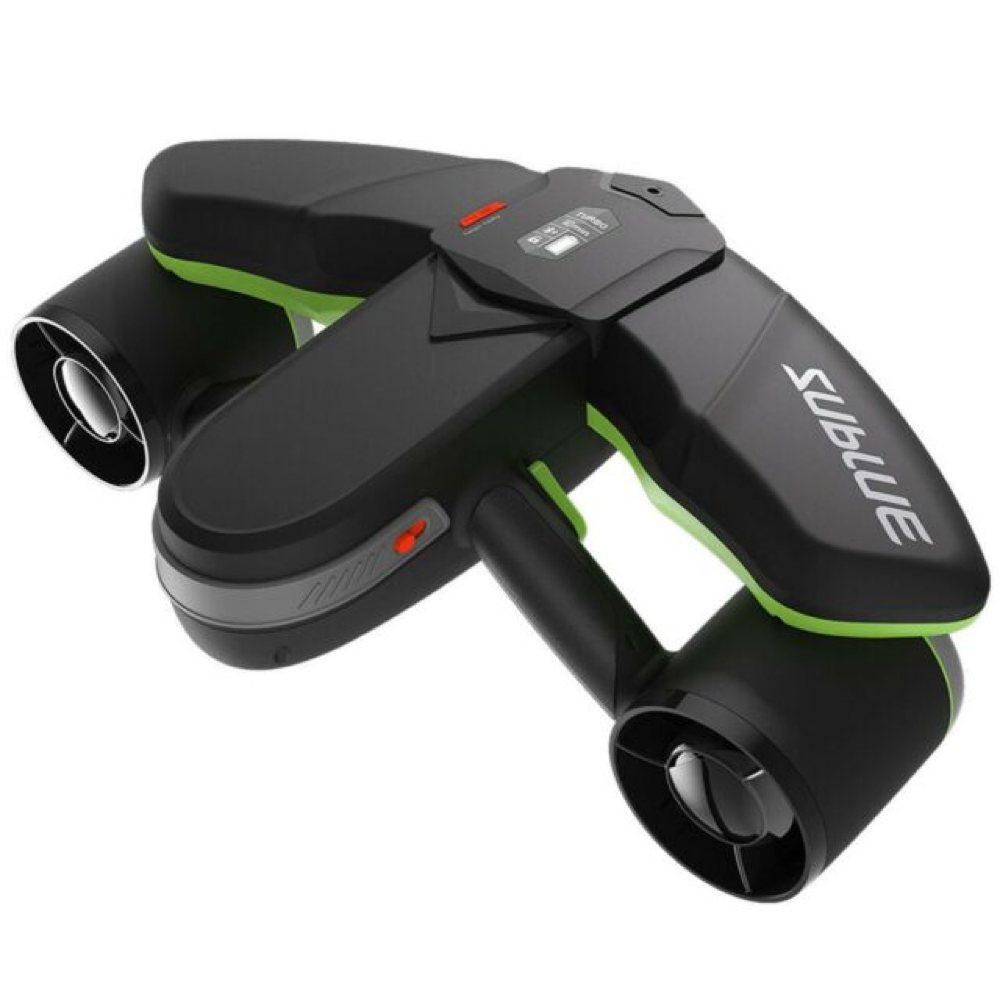 Sublue Navbow - Underwater Scooter
Sublue Navbow - Underwater Scooter
- Price A$ 1,999.00
In the Directory




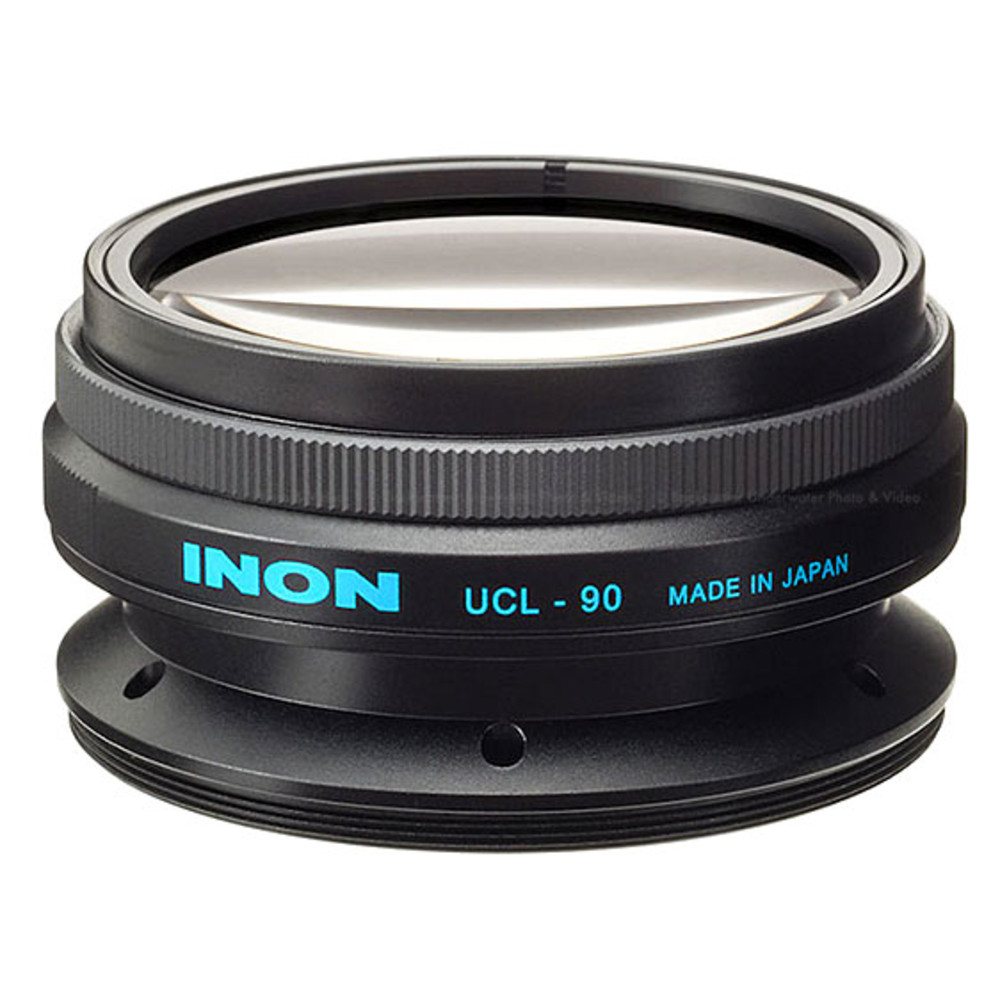
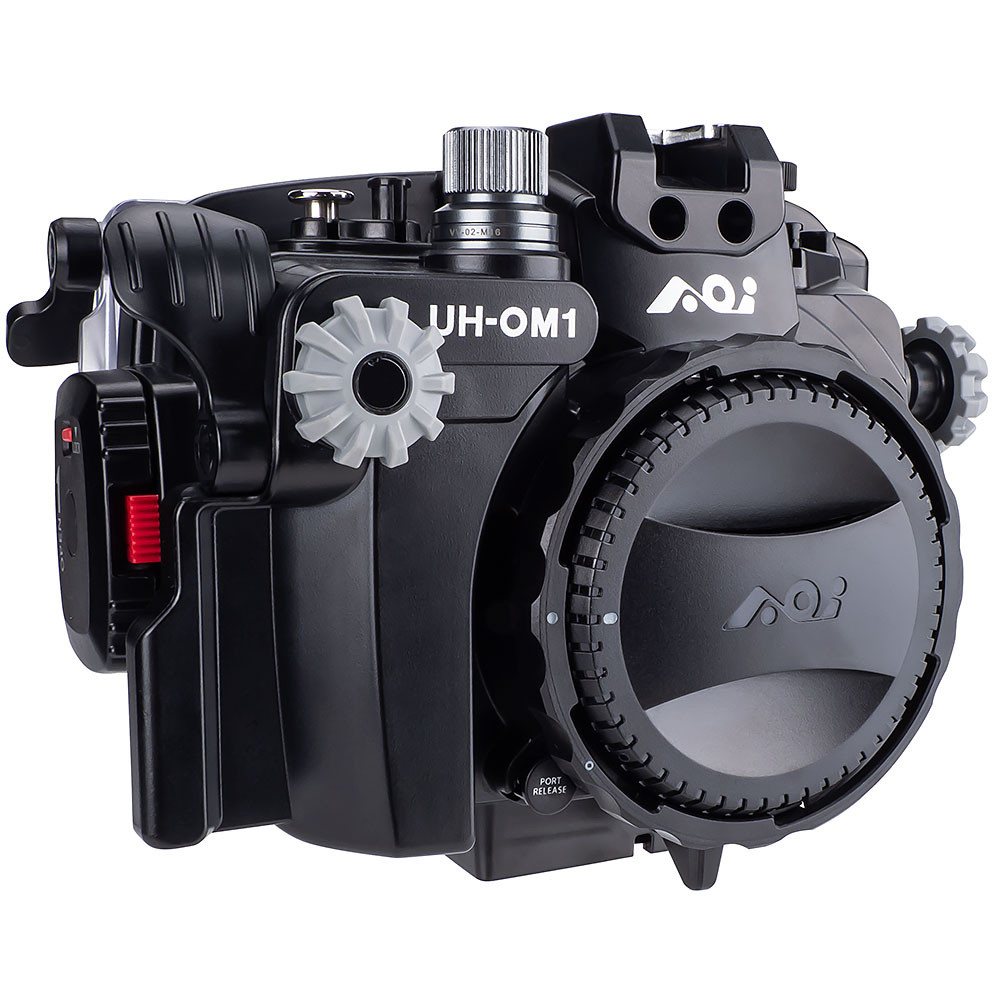
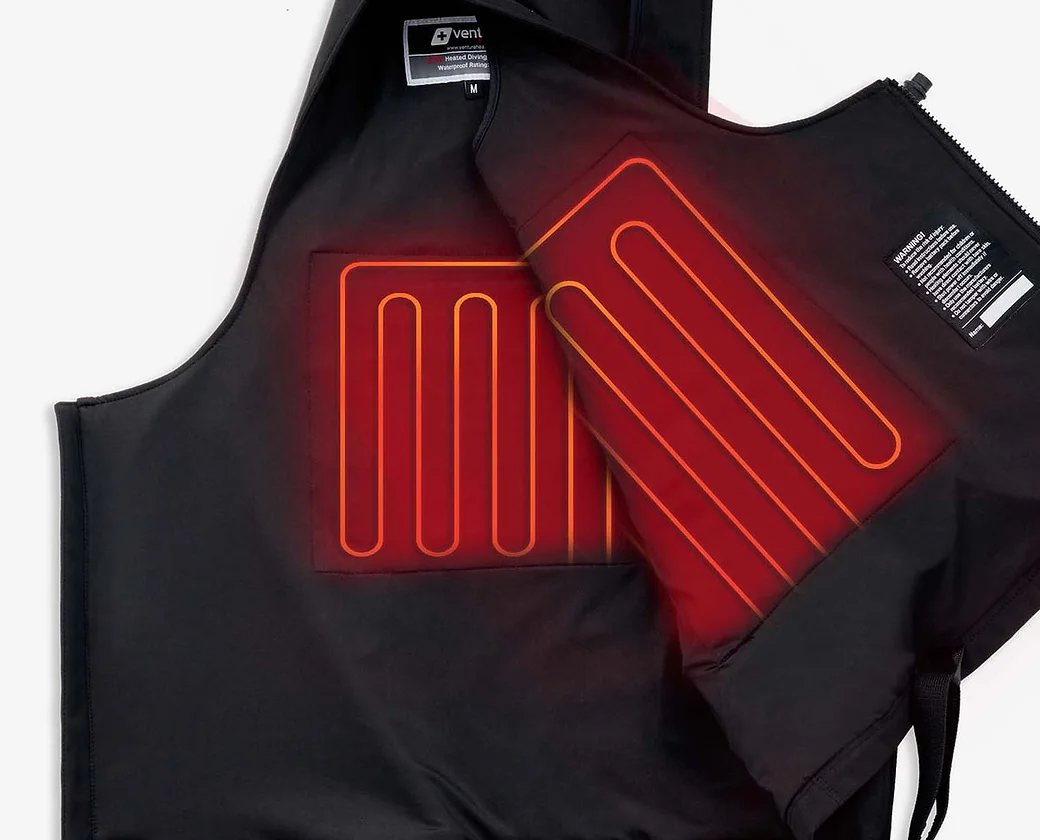


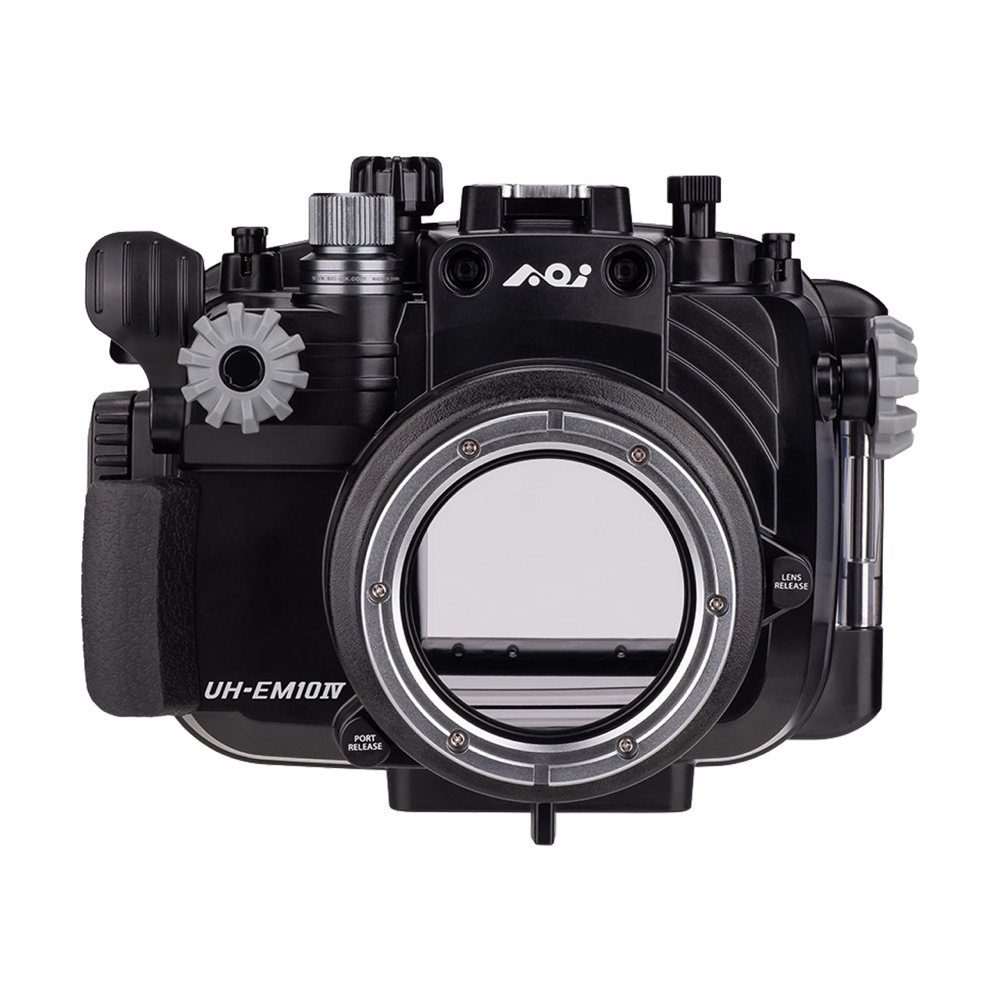




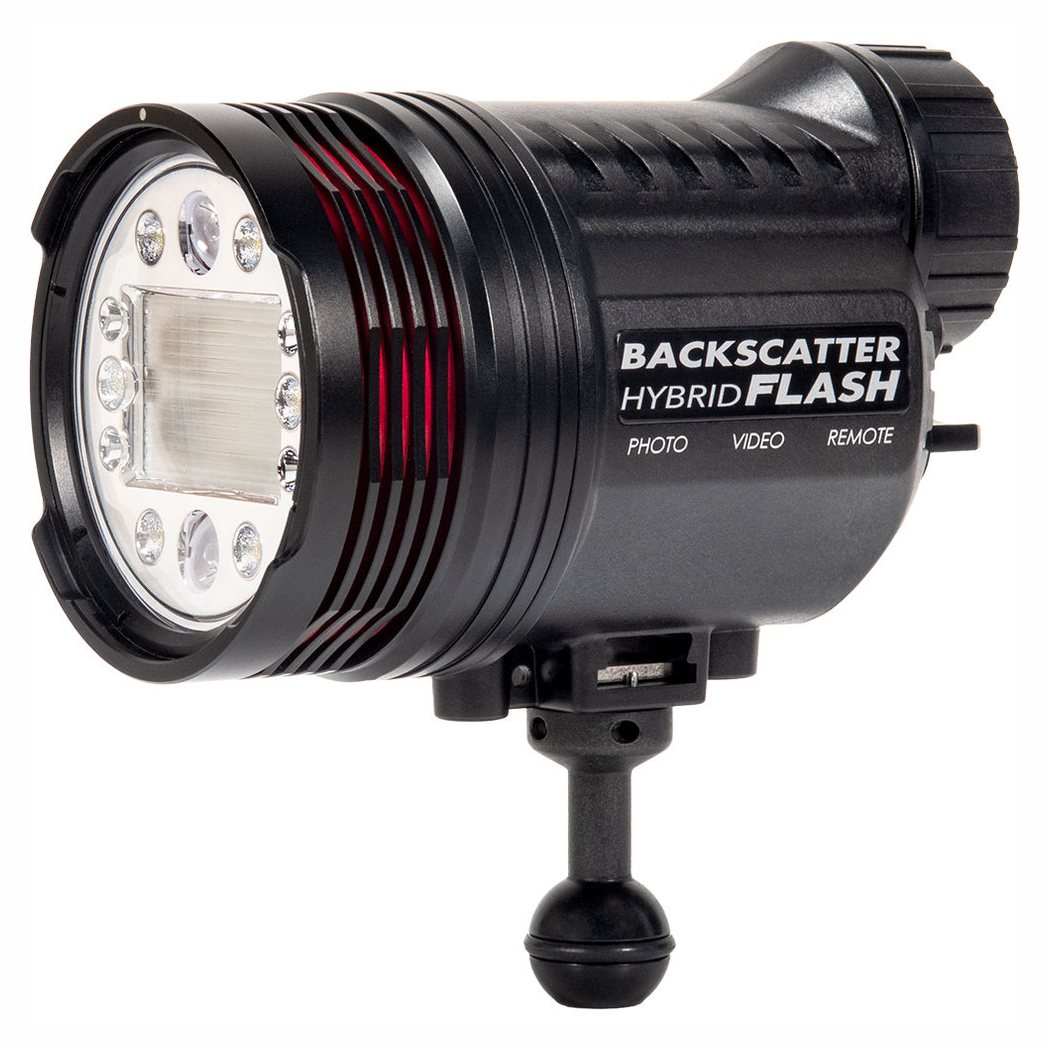 Backscatter Hybrid Flash Underwater Strobe & Video Light HF-1 - FREE BATTERIES
Backscatter Hybrid Flash Underwater Strobe & Video Light HF-1 - FREE BATTERIES  Garmin Descent Mk3i Watch Dive Computer - 43 mm, titanium with silicone band
Garmin Descent Mk3i Watch Dive Computer - 43 mm, titanium with silicone band 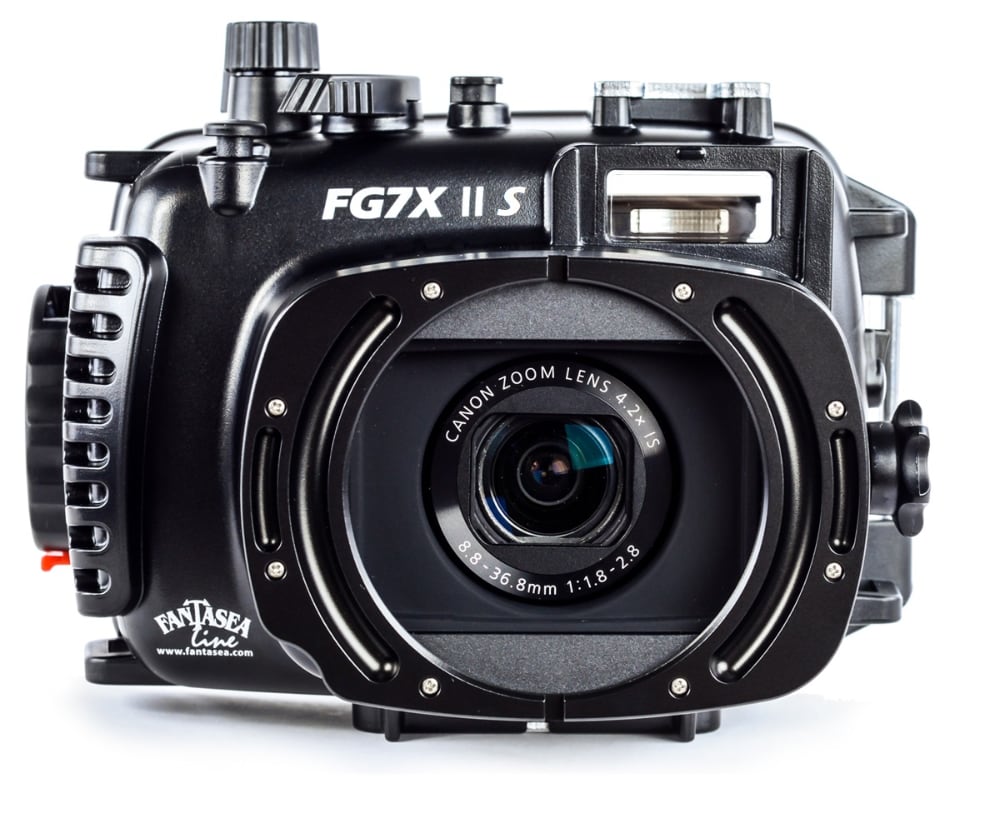 Fantasea FG7X II S Vacuum Underwater Housing for Canon G7X Mark II
Fantasea FG7X II S Vacuum Underwater Housing for Canon G7X Mark II 



